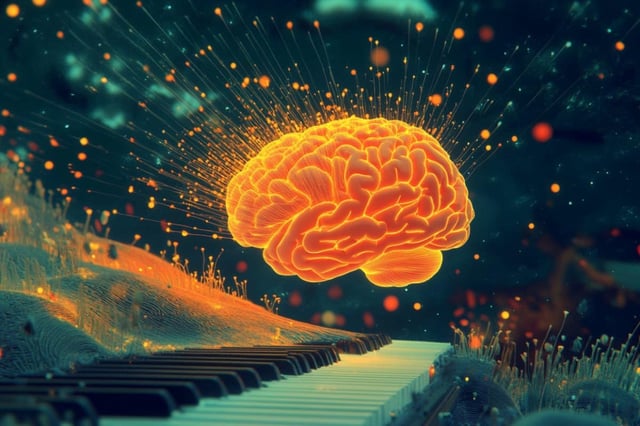Overview
- Scientists synchronized intracranial recordings in epilepsy patients at Stanford Hospital with Neuropixels probes in mice to track responses to precisely timed eye-puff stimuli.
- Both species showed a rapid ~200 ms sensory broadcast followed by a ~700 ms persistent signal localized to emotion-related circuits.
- Administration of low-dose ketamine left the fast reflex intact but accelerated the decay of the slower phase, abolishing prolonged eye closure and negative bias.
- The conserved two-phase pattern across mammals suggests a deeply rooted mechanism for converting brief sensory events into lasting emotional states.
- Investigators propose that altered timing of the persistent signal may underlie disorders such as depression, PTSD and schizophrenia and offer a new framework for treatments.

